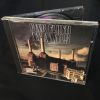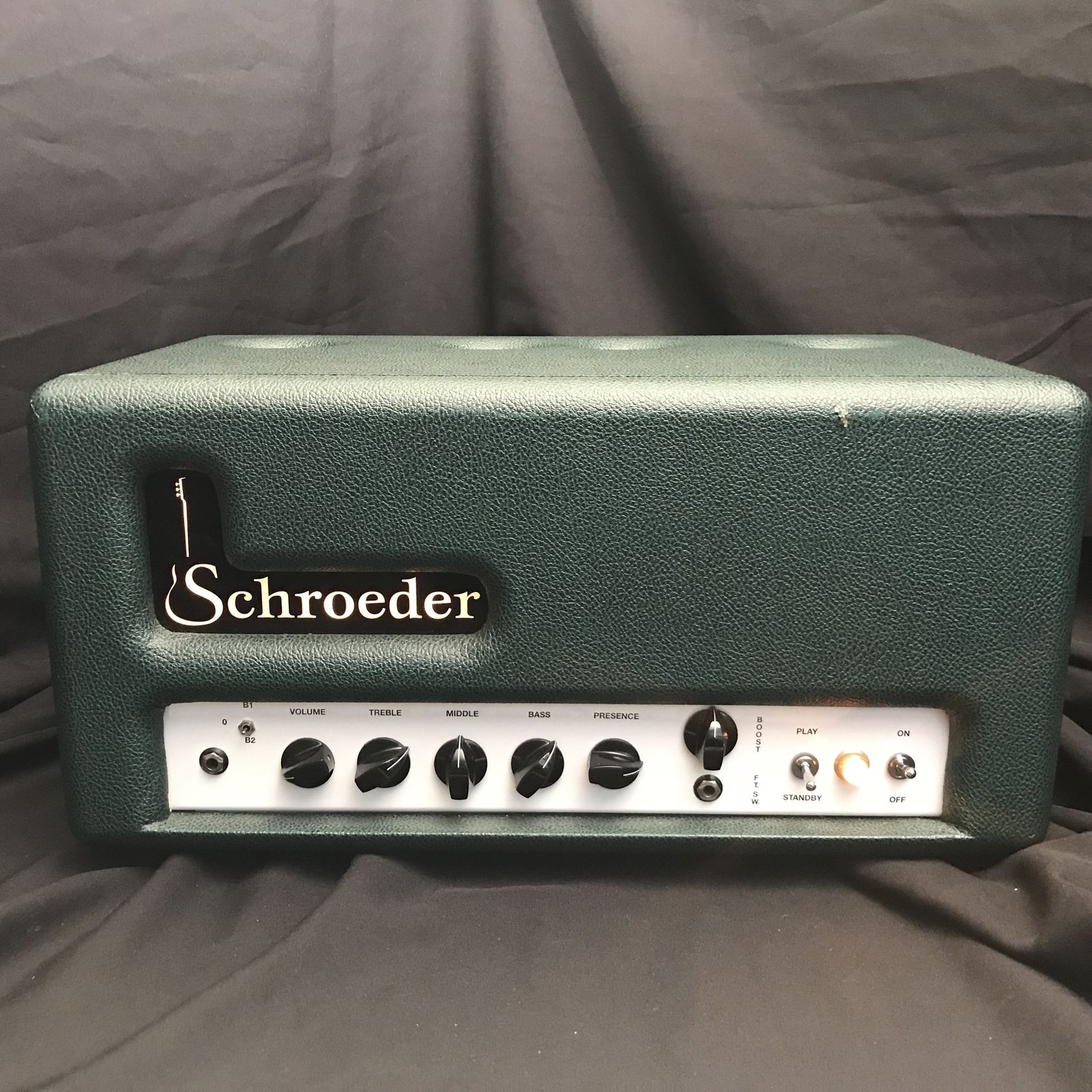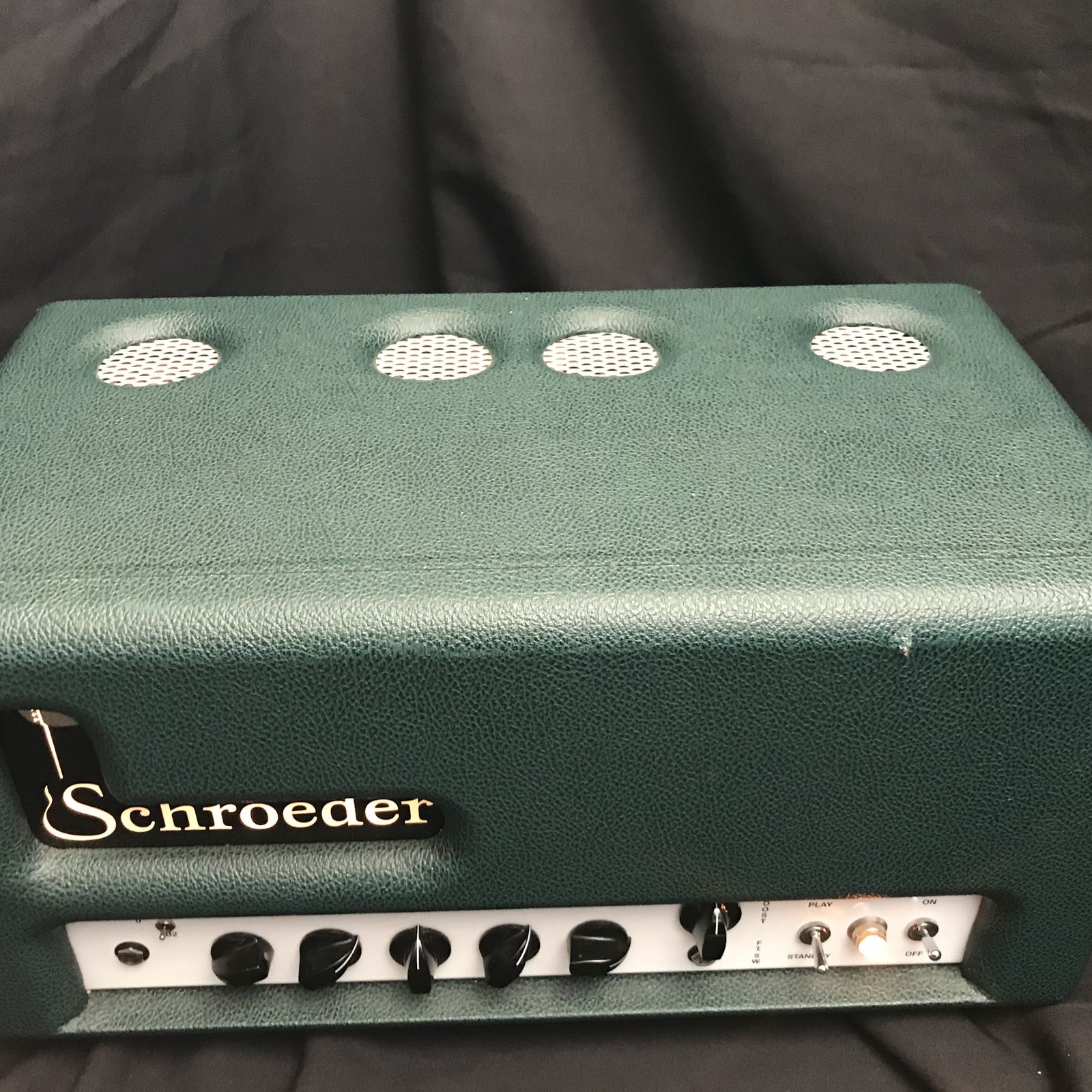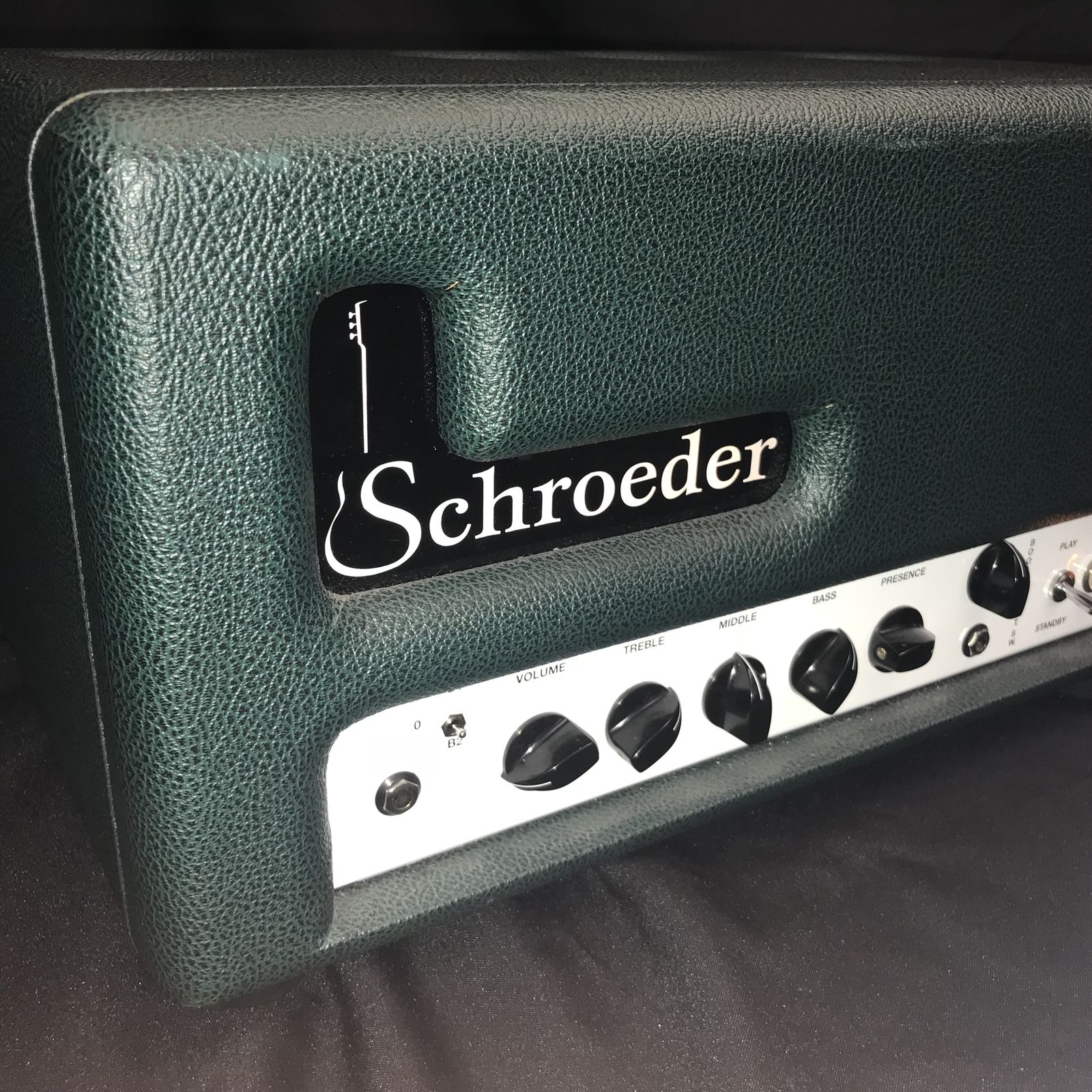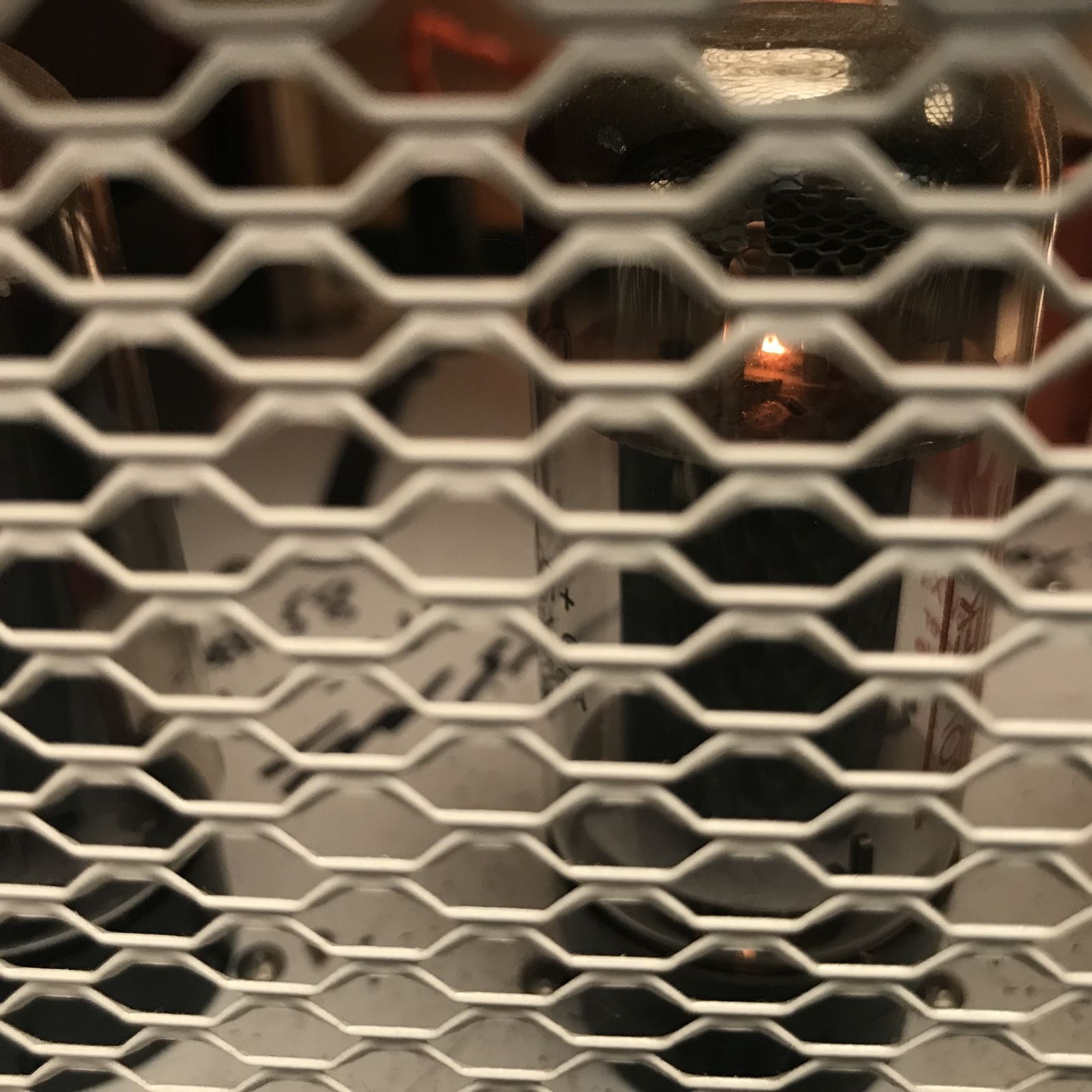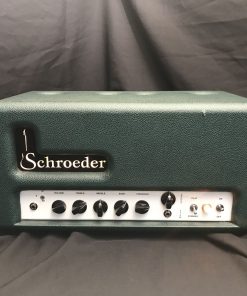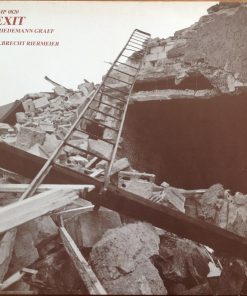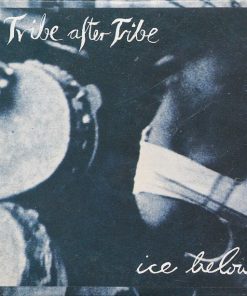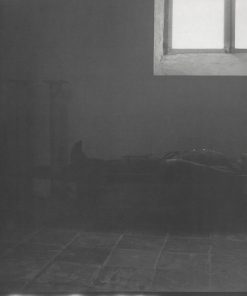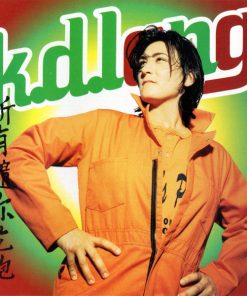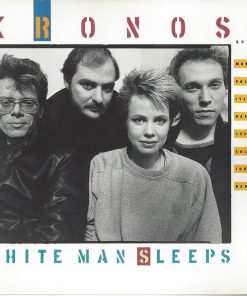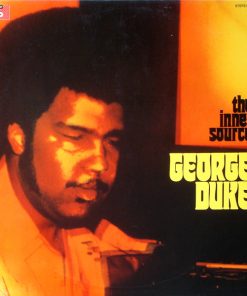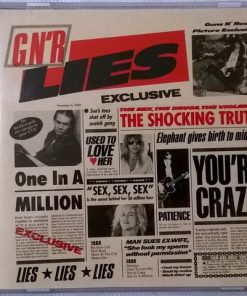Schroeder DB-7 / SA9+ Guitar Amplifier Wilco Nels Cline Gorgeous Clean Tones
$3,200.00 Original price was: $3,200.00.$2,500.00Current price is: $2,500.00.
Out of stock
This is one of the finest clean amps I’ve ever heard. Near flat frequency response. It puts out what you put in.
It brings pedals to life.
The only comparable amp to me is a early mid 60’s Fender Blackface Pro Reverb that I thought was the gold standard.
The Schroder is the gold standard. It is perfect minus the one small tear on middle edge of the front face (see pics) and couple of scuffs on top of the tolex. You will be in tone nirvana.
This one is #58 built on 1/3/14
DB-7 model name is now updated to SA9+. Heads are $3950 new.
Any gear geek attending a Wilco show recently has probably noticed guitar wizard Nels Cline playing through a mysterious red amp head. Cline’s amp is a prototype handbuilt by gear guru Tim Schroeder, who also tackles the formidable task of maintaining Wilco’s enviably overflowing stable of gear. (Full disclosure: Schroeder also writes a regular Tech Tips column at premierguitar.com.) Not long ago, Schroeder visited the band in their rehearsal loft to look over their road gear before a tour. He brought a new amp he’d built and solicited the band’s opinion. Cline—who’s known to prefer relatively clean, medium-wattage amps like the Jess Oliver and Marshall JTM45 he’s used in recent years—plugged in and was so smitten he bought the amp on the spot.
Schroeder used Cline’s input to design and build the DB7—a 6L6-driven, 45-watt, amp similar to Cline’s original—which is graced with elegant operational simplicity and tons of headroom. We checked it out and, like Cline, were blown away.
Top-Notch Build, Streamlined Features
The DB7 head is handbuilt from stem to stern using point-to-point wiring and a thick-gauge aluminum chassis. The first gain stage is driven with a 6SC7 tube—a variety that’s not common on modern amps, but which powered early versions of the Fender Super and Deluxe. There’s also a pair of 12AX7s in the preamp section.
The front panel of the DB7 is refreshingly simple. The single-channel head sports one 1/4″ input and Volume, Treble, Middle, Bass, and Presence controls. A footswitchable boost control adds a little midrange for soloing, and a 3-way bright switch offers flat, bright, and hyper-bright modes. (The latter is designed for situations where a guitar requires extreme high end to assert itself in a busy mix.) The rear panel is equally streamlined, housing just a power-cord jack and 1/4″ outs for 4-, 8-, and 16-Ω speakers.
We plugged the DB7 into a Schroeder Sidecar 212 cabinet. Finished in red vinyl, this cab has a distinctive, two-tiered face and a tan grille that’s a fantastic visual match for the DB7 and adds a sense of architecture to its cool design sense. The speakers are a set made up of two different 12″ Weber speakers—an alnico Blue Dog and a ceramic Silver Bell that are each rated at 50 watts. The carefully matched Webers aren’t the only thoughtful touch in the cab—the speakers are wired with Cardas Audio speaker cable, an expensive, heavy-duty wire with lacquer-coated fibers designed to prevent smearing of the different frequencies. Similar wire is used throughout the head.
Gorgeous Clean Tones
When I plugged a Gibson Les Paul into the DB7, I was immediately struck by how quiet the amp was. Even with the volume cranked, it didn’t emanate much unwanted sound. But the simple act of hitting a first-position chord on the guitar summoned a tone that was uncommonly full-bodied, sweet, and complex. The DB7 is a sustain machine too, making the plainest of sonorities a thing of wonder.
Stylistically speaking, we took numerous approaches to probing the DB7’s strengths—jazz comping with walking bass lines, electrified country blues patterns, and funk rhythms, among others. In every instance the DB7 sounded warm and musical, extremely balanced and responsive, not unlike a really good, old blackface Fender. Dialed in at around 2 o’clock, the boost control added just the right amount of heft for some meandering modal solos.
As advertised, the DB7 has a substantial amount of headroom. Picking forcefully with the volume set around 10 o’clock generates a little overdrive, but it’s easy to clean up the signal with gentler articulation on the guitar and a little roll off of the guitar’s volume, which creates a whole lot of territory for expression.
Since the DB7 is intended to be an excellent platform for effects, I plugged in a DLS Versa-Vibe and a NerFuzz by The Tone God. (See a review of the latter in this issue) The amp did not disappoint in this capacity. The Versa-Vibe’s swirling chorus and vibrato effects took on an especially vivid character through the amp. Some of the sicker presets on the NerFuzz sounded even more dementedly detailed through the DB7 than they did with other tube amps. Played side-by-side on clean settings, with effects or without, it’s likely that the Schroeder would make a lot of similarly powered tube amps sound comparatively effete.
The Verdict
The staggeringly rich tone of the Schroeder DB7 is sure to be inspiring to players of all stripes. It’s super-easy to operate and it has got a huge ceiling for an amp of 40 watts that’s tailor-made for stompboxes. The DB7 isn’t cheap. But particularly when paired with the Weber-loaded Sidecar cabinet, the DB7 is an instant classic—regardless of price.
Buy if…
you’re in the market for a valve amp that is clean, warm, and loud, and will interact well with your effects.
Skip if…
ultra-high-gain is your game, or you’re strapped for cash.
Rating…
| Weight | 688 oz |
|---|---|
| Dimensions | 24 × 14 × 14 in |

